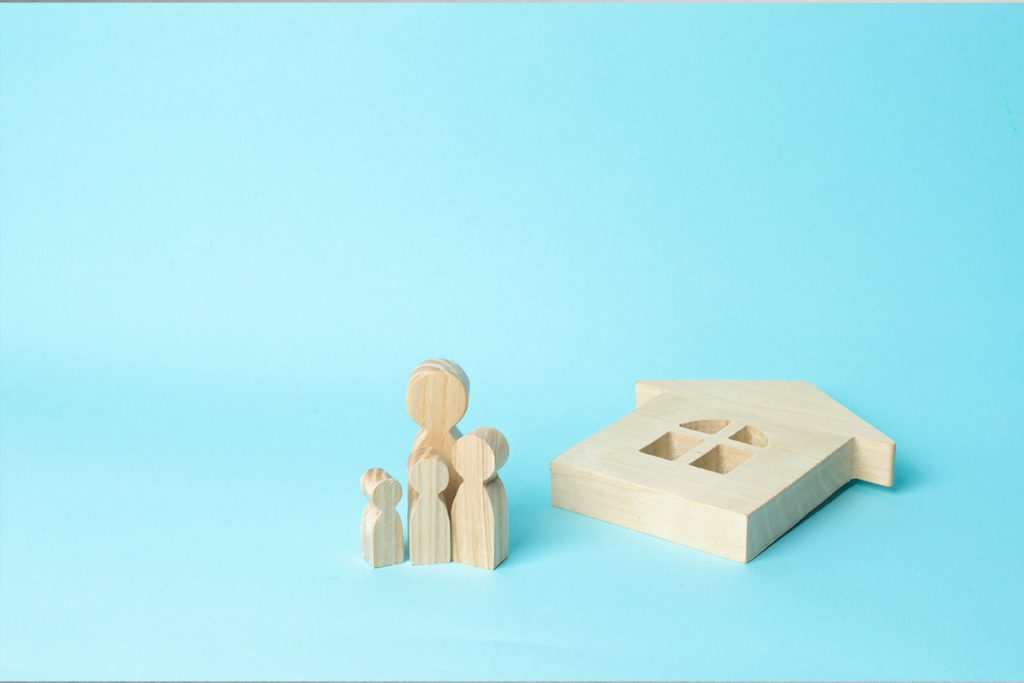One of the highlights in the recent Union Budget announcement was a much-needed reframing of the archaic Model Tenancy Laws in India. The new laws, drafted by the Ministry of Housing and Urban Affairs, aim to boost rental housing by addressing “the relationship between the Lessor and the Lessee realistically and fairly.”
The Model Tenancy Act (MTA) was first drafted in 2015 in an effort to define this relationship and provide laws that would resolve any disputes arising between the landowner and the tenant.
Rental housing in India is currently plagued with multiple problems and the goal of the new Act is to eliminate or mitigate many of these. However, the effective implementation of the Act will depend on each State as the Act is not a binding one.
Here are some of the key features and changes that the new Model Tenancy Act, 2019 aims to bring in.
Rent agreements
In countries across the world, signing a rental agreement is one of the first steps towards renting a house. But in India, renting a house is an arbitrary exercise and is most often done on the basis of trust and verbal agreements, with Maharashtra being an exception. The new MTA makes it compulsory for landowners and tenants to sign an agreement that outlines details like the monthly rent amount, duration of tenancy, and terms of payment, among others.

Moreover, it is also mandatory to register this agreement with the Rent Authority which will issue a unique identification number to both the landowner and the tenant within a week. All the details of the agreement will then be uploaded on to the Rent Authority’s website.
Overstaying the rent period
The existing rent control laws do not provide any recourse to the landowner when faced with tenants who fail to vacate the home well past the agreed rental period. As compensation, the new MTA now allows landowners to charge double the monthly amount for rent for the first two months and quadruple the amount thereafter.

The introduction of this penalisation will remove any hesitation on the part of homeowners in giving their house on rent.
Security deposit
One of the most important changes that the new MTA enforces is a cap on the security deposit that the tenant is required to give landowners.

The MTA stipulates that landowners cannot charge beyond two months worth of rent for residential properties and one month worth of rent for non-residential properties as a security deposit.
Subletting
It’s a common practice to rent a big house with two or three bedrooms and sublet the ones that the tenant is not using. But now, subletting a house or even a part of it will not be allowed without explicit written consent from the landowner.

If tenants do obtain permission to do so, the rent amount charged cannot be higher than the rent they are paying to the landowner.
Provision of facilities
The landowner is expected to provide essential facilities to tenants like electricity, proper lighting, parking and other essential features. If this is not found to be in order, the MTA mandates that the tenant is allowed to leave the premises after providing a 15-day notice period.

Increasing rent
Currently, landowners can increase rent without notice, and the tenant is expected to pay up. But with the new law, the landowner is required to send a notification to the tenant three months in advance detailing the revised amount.

The landowner also cannot arbitrarily increase the rent during the period stated in the rent agreement unless a provision was made for it in the document.
Eviction of tenants
The MTA now allows landowners to evict a tenant if there is a breach of the rent agreement or if the tenant indulges in activities that the landowner has not given permission for.

Resolution of disputes
The MTA provides for the creation of a strong forum for grievance redressals, which the current framework lacks.

The MTA proposes the setting up of a Rent Court or Rent Tribunal, which will aim to solve disputes within 60 days.


